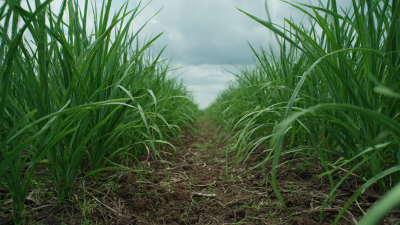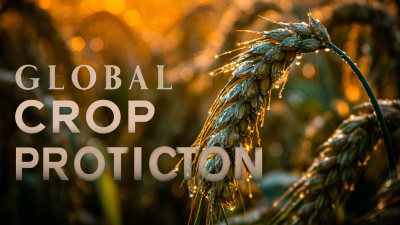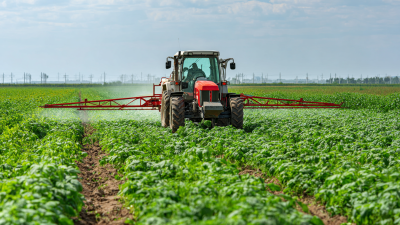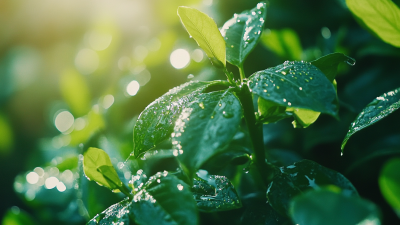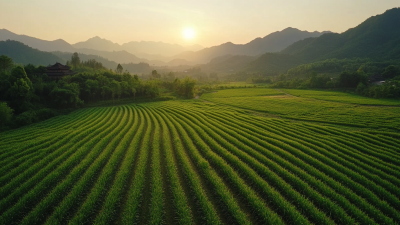 0551-68500918
0551-68500918 





These days, the agriculture world is really focusing on finding that sweet spot between boosting crop yields and keeping the environment healthy. A big part of that puzzle is deciding between organic and synthetic herbicides — both of which are pretty much essential tools in herbicide farming. According to a report from the Research Institute for Organic Agriculture (FiBL), the global market for organic herbicides is projected to hit around $1.2 billion by 2025. That’s a clear sign that more farmers are leaning towards eco-friendly practices. On the flip side, synthetic herbicides still rule the roost, especially with constant improvements in their formulations and effectiveness, helping farmers control weeds more reliably. A company called Innovation Meiland (Hefei) Co., LTD., based in Hefei, China, is really pushing the envelope by developing new pesticides, innovative formulations, and cutting-edge processes to keep up with these changing industry needs. Bottom line? Understanding the differences between organic and synthetic herbicides is super important for farmers who want to get the best crop yields while also taking care of the environment in today’s rapidly changing farming landscape.
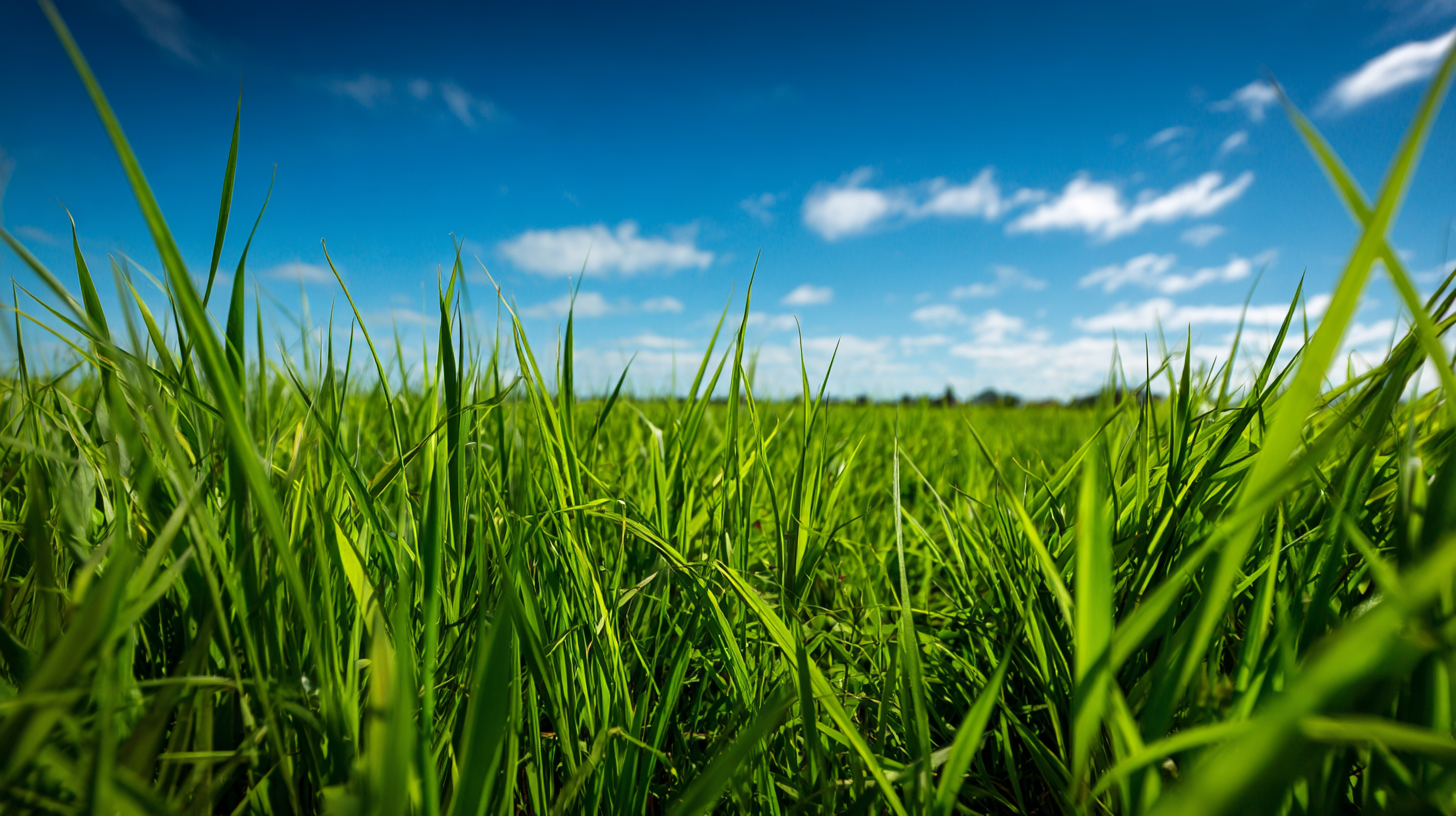
Lately, there's been a big buzz about sustainable farming, and it’s really making farmers and ag professionals think twice about the difference between organic and synthetic herbicides. Organic options, which come from natural stuff like plants and minerals, usually work by messing with plant growth or stopping seeds from sprouting. I saw in a report from the Organic Trade Association that the organic herbicide market’s been growing pretty fast — around 10% a year over the last five years — so it’s clear more farmers are leaning towards eco-friendly solutions.
On the flip side, synthetic herbicides are man-made chemicals built to target specific weeds with pretty good precision. An article in the International Journal of Agricultural Science mentioned that using these synthetic options can boost yields pretty significantly — like a 20-30% increase compared to fields without any treatment. That said, people are starting to get concerned about how these chemicals might affect the environment and how resistant weeds might become over time. In fact, a recent survey by the American Society of Agronomy found that more than 60% of farmers are kind of wary about relying too much on synthetic herbicides. That’s leading to a more balanced approach, mixing both organic and synthetic methods for better weed management.
You know, the environmental impact of herbicides in farming has really become a hot topic lately. As farmers look for better ways to keep pests in check, organic herbicides—those made from natural stuff—are gaining traction because they tend to be gentler on the planet. They're usually biodegradable and less likely to hurt helpful insects or soil microbes, which is pretty important for maintaining healthy ecosystems. That’s why many folks see organic options as a more sustainable choice; they can help keep biodiversity going and improve soil quality. Of course, they’re not always perfect—they might need to be applied more often than synthetic ones, and sometimes they’re less effective depending on the situation.
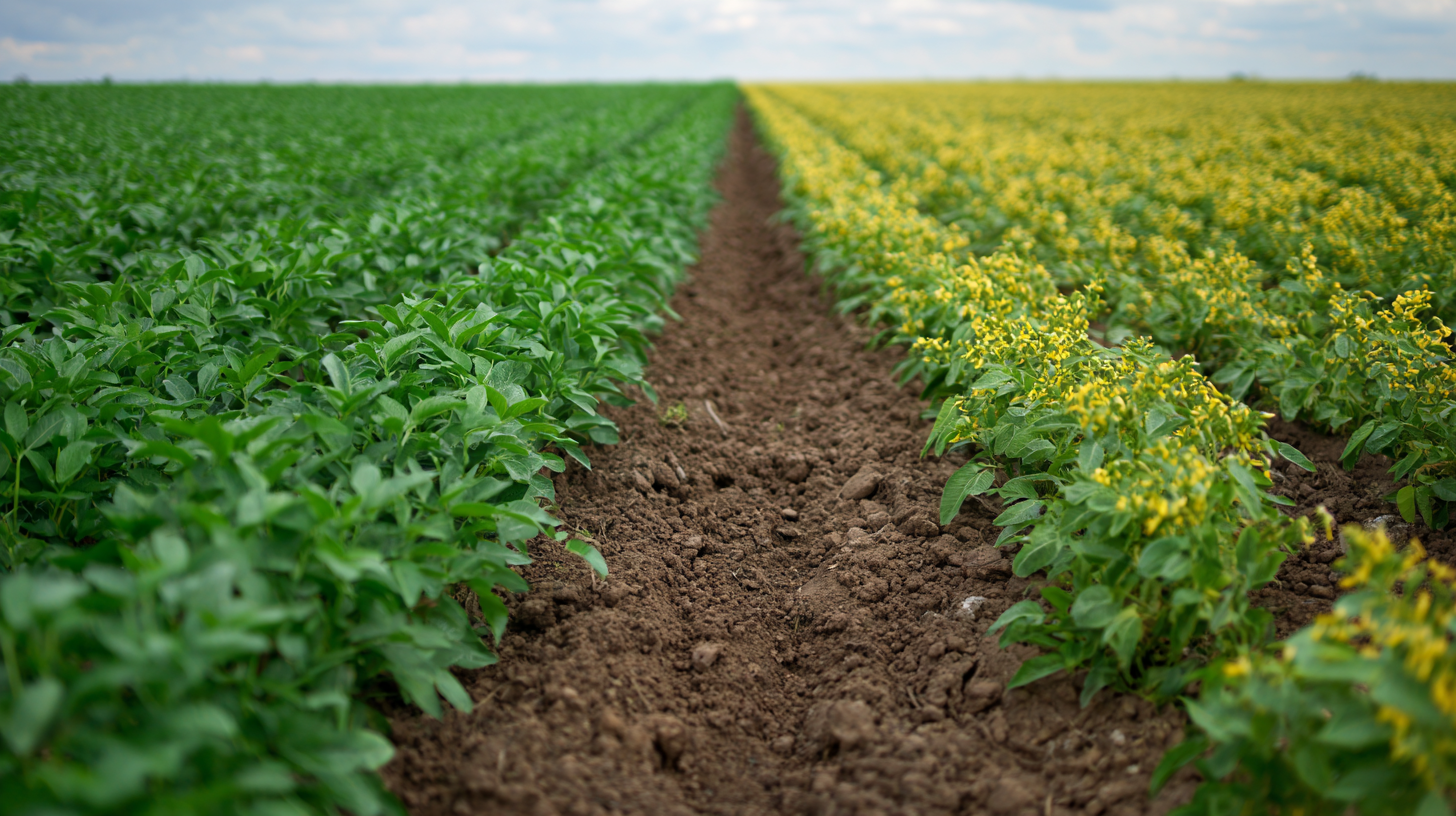
On the flip side, synthetic herbicides are strong and work well for knocking out a wide range of weeds. But, here's the catch—these chemicals can stick around in the environment longer than we'd like, accumulating in soil and water, and possibly messing with wildlife and ecosystems. Plus, overusing them might lead to weed species becoming resistant, which is a big headache for farmers. As farming practices shift, it's really important for farmers to understand these pros and cons so they can make smarter choices—aiming for a good balance between productivity and taking care of the planet.
Using herbicides is pretty much a staple in modern farming, right? But deciding between organic and synthetic options isn’t just about effectiveness — it really matters for health, too. Organic herbicides, which come from natural sources, generally have fewer toxic effects on people and other unintended creatures. According to a report from the National Organic Standards Board, choosing organics can lower the chances of pesticide residues ending up on our food, making it a safer pick especially for folks worried about chemical exposure these days.
On the flip side, synthetic herbicides tend to be more powerful and cheaper, but there’s a catch — they might pose some health risks. Some studies connect certain synthetic options to issues like hormone disruption and even a higher risk of cancer. The World Health Organization has even labeled some of these synthetic herbicides as probable carcinogens. As Meiland Stockkeeps pushing forward with new Pesticide Research, it’s really important to weigh these health concerns. The goal should be to develop products that boost crop yields while still keeping people and the environment safe.
When you're weighing up the cost-effectiveness of different herbicide options in farming, both organic and synthetic choices have their own economic quirks. Organic herbicides tend to require a bigger initial outlay since they’re made from natural ingredients and often involve more complex production processes. Farmers might also spend more time and effort applying these products, as they're usually less concentrated and a bit more labor-intensive to use compared to synthetic ones. On the brighter side, though, the long-term savings—thanks to healthier soil and fewer environmental restrictions—can really make organic options worth considering.
On the flip side, synthetic herbicides generally give you a quicker bang for your buck. They usually cost less upfront and do a pretty good job of knocking out a wide array of weeds efficiently. They’re more potent, so farmers often need to use smaller amounts to get good results. That can translate into better short-term yields and higher profits. But here’s the catch: relying too much on synthetic herbicides might lead to weeds developing resistance over time, making the products less effective, and meaning you'd have to apply more or switch to other options eventually. So, while synthetic herbicides might look more affordable at first, it's really important to think about the long game—considering your farm’s specific needs and sustainability goals—to make the most informed choice.
| Herbicide Type | Average Cost per Acre | Effectiveness (% Control) | Environmental Impact Rating (1-10) | Residual Effects (Days) |
|---|---|---|---|---|
| Organic Herbicide | $50 | 70 | 3 | 7 |
| Synthetic Herbicide | $30 | 90 | 6 | 15 |
| Natural Extract Herbicide | $45 | 75 | 4 | 10 |
| Pre-emergent Synthetic Herbicide | $55 | 85 | 5 | 20 |
| Post-emergent Organic Herbicide | $60 | 80 | 2 | 5 |
When it comes to using herbicides in farming, the rules and regulations really play a big role in shaping what's used and how. Organic herbicides, for example, are heavily regulated—things are pretty strict here, especially when it comes to protecting the environment and keeping people safe. In the U.S., there’s this set of guidelines called the National Organic Program (NOP). It basically sets the rules for organic farmers, making sure they don’t use certain synthetic chemicals unless they’re specifically approved. That way, farmers focus on soil health and biodiversity, and they’re less exposed to chemicals that might be harmful.
On the flip side, synthetic herbicides are overseen by the EPA. They test these chemicals thoroughly—checking if they're effective and safe before letting farmers buy and use them. The process involves some pretty detailed testing because, while these chemicals can control weeds quickly and effectively, there's always concern about what they might do to our health and the environment in the long run. So yeah, understanding these differences in regulation is super important for farmers. It doesn’t just impact how well their crops grow, but also has bigger implications for the environment and our health.
You know, when it comes to choosing between organic and synthetic herbicides, people really get into debates about long-term sustainability—especially as farming methods keep changing. Organic herbicides, which are made from natural stuff, tend to be gentler on the environment and less toxic overall. They also help boost biodiversity and keep our soils healthy, fitting nicely with eco-friendly farming principles. That said, they can be a bit hit-or-miss in terms of effectiveness—they often need to be applied more regularly to get the job done.
On the flip side, synthetic herbicides are pretty powerful. They work fast and tend to last a while, making weed control a whole lot easier. They can help farmers get higher yields in the short run and cut down on labor. But, of course, overdoing it with these chemicals can cause problems like soil degradation, polluting water sources, and accidentally harming helpful creatures. So, honestly, finding the right balance between organic and synthetic options is key. A lot of sustainability-minded farmers are now thinking about integrated weed management—mixing both approaches to play to their strengths. That way, we can support farmers’ needs today without messing up the environment for tomorrow.
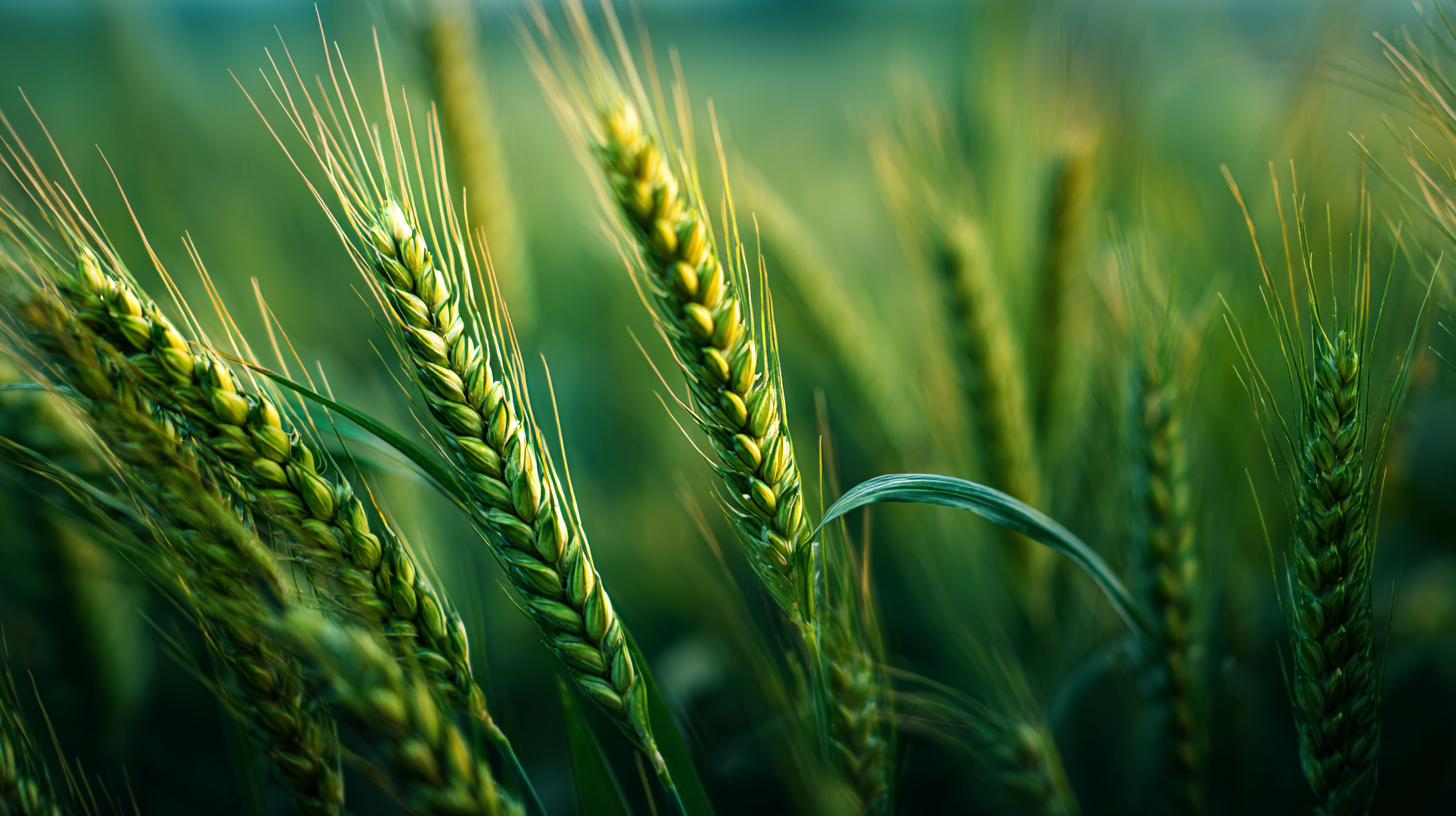
: Organic herbicides generally have fewer toxicological effects on humans and non-target organisms, reducing the risk of pesticide residues in food products, while synthetic herbicides may pose potential health risks, including hormone disruption and cancer.
Consumers should consider organic herbicides as they offer a safer alternative with fewer chemical exposures and lower risks of toxic residues in food.
Synthetic herbicides have been linked to adverse health effects such as hormone disruption and increased cancer risk, with some classified as probable human carcinogens by the World Health Organization.
Organic herbicides are subject to stringent regulations by the National Organic Program (NOP) that promote environmental safety and human health, while synthetic herbicides are regulated by the Environmental Protection Agency (EPA), which assesses their efficacy and safety.
The NOP establishes guidelines that restrict the use of certain synthetic substances in organic farming, ensuring organic practices promote soil health and biodiversity.
Understanding the regulatory differences helps farmers choose suitable herbicides that affect not only crop yield but also broader environmental implications.
While organic herbicides may be less effective in certain situations, they tend to offer a safer option with fewer risks to human health and the environment compared to synthetic options.
Meiland Stock focuses on innovating new pesticide products that enhance agricultural productivity while prioritizing consumer and environmental health.
Synthetic herbicides must undergo rigorous testing by the EPA to evaluate their efficacy and safety for human health and the environment before being approved for commercial use.
The long-term impact of synthetic herbicides may raise significant concerns regarding ecosystems and public health, despite their immediate effectiveness in controlling weeds.
When it comes to herbicide farming, understanding the difference between organic and synthetic options is pretty important if you want to make smart choices. In this blog, I'll walk you through the basics—what they're made of, how they're used, and what kind of impact they have on the environment and our health. We’ll also look at the costs involved and how regulations vary across different markets.
As we all aim for more sustainable farming practices in the long run, it’s crucial to think about which type of herbicide truly supports that goal. At Innovation Meiland (Hefei) Co., LTD., we're dedicated to researching and developing new, better solutions. Our goal is to help move agriculture toward more effective and eco-friendly herbicide use—because it’s really about balancing productivity with taking care of the planet.
